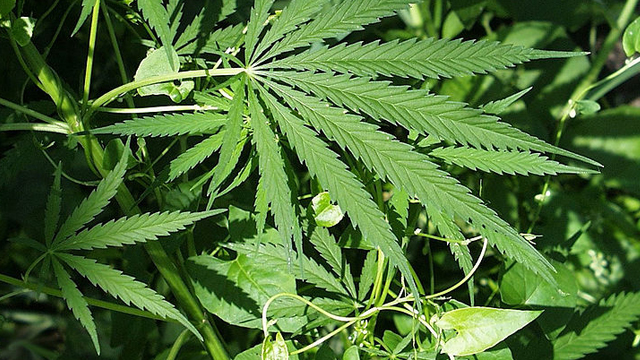Goods And Services Tax – The long wait was finally over on the stroke of midnight on June 30, 2017.
GST – Goods And Services Tax is here!
It is hoped that the nation’s economy would be drastically transformed in the future via this unified taxing system.
A Briefing about GST – Goods And Services Tax
Hitherto, the Indian business and trade arena was adhering to a dual-tax system, involving both, the Centre (CGST) and the State (SGST). Along with this, there was also an IGST related to the supply of goods and services amongst various states. As a result, you, as a consumer, tended to find variations in the pricing of the same product, at diverse locations. GST is a ‘one tax, one nation’ scheme, intended to bring about some kind of improvement in the existing scenario. All goods and services will henceforth be categorised under five slabs, uniformly applicable everywhere in India.
The rates are decided by the Goods and Services Council. The Union Minister for Finance and the Finance Ministers of all the states are part of this Council.
What to Expect From Goods And Services Tax
Although it is not possible to list every single commodity or service here, it might help to have knowledge of some essentials.
- Tax exempt 0% – Printed books, bread, salt, puffed rice, firewood, milk, curd, eggs, buttermilk, fresh meat, eggs, chicken, fish, agriculture implements, food for cattle and poultry, cereals, newspapers, papad, fresh fruits and vegetables, natural honey, flour, stamps, judicial papers, etc.
- 5% – Apparel below INR 1,000, footwear below INR 500, coffee, tea, spices, medicines, insulin, biogas, kerosene, packaged food items and frozen vegetables, revenue stamps, transport services, skimmed milk, lifeboats, bread, pizza, raisin, agarbati revenue stamps,
- 12% – Ayurvedic medications, salted snacks, butter, cheese, fruit juices, cell phones, sewing machines, notebooks, board games, spectacles, non-AC hotels, frozen meats, animal fat, namkeen, agarbatti, sausage.
- 18% – Cameras, speakers, monitors, steel products, preserved vegetables, processed foods, AC hotels, restaurants, pasta, sugar, pastries, cornflakes, sauces, jams, instant foods, ice-creams, soups, envelopes, tampons, etc.
- 28% – Private-run lotteries, cinema, ATM, vending machines, vacuum cleaners, cigarettes, tobacco products, motorcycles, Chewing gum, chocolates, molasses, shaving creams, automobiles, aircraft, yachts.
Benefits of Goods And Services Tax
If you are a consumer, you will appreciate the uniformity in pricing across India, regardless of where you travel. Good and services that you require frequently, will become more affordable. Above all, you will gain access to improved employment opportunities.
If you are a trader, the burden of paying multiple taxes will be reduced to a great extent. You will not have to worry about double taxation, due to this simpler tax regime. Above all, you may expect to see the development of a common national market for diverse goods and services.
Conclusion GST rates: GST bill is for auto sector as it will reduce to a maximum of 18%, good news vehicles will become cheaper.





